Trimming your dog’s nails doesn’t have to be a traumatic experience. With the right tools, preparation, and approach, you can create a calm, positive routine that keeps your dog’s paws healthy and stress-free.
Why Nail Trimming Matters for Your Dog’s Health

Keeping your dog’s nails trimmed isn’t just about looks—it’s about their health and comfort.
- Overgrown nails can press into paw pads, causing pain and posture issues
- Long nails may alter gait, leading to joint stress and long-term injuries
- Cracked or broken nails are painful and prone to infection
When dogs walk with overgrown nails, it’s like a person walking in shoes that are too small—every step hurts. If left untrimmed, nails can curl into the skin, split, or tear. Regular maintenance prevents costly vet visits and keeps your pup moving freely.
How to Tell If Your Dog’s Nails Are Too Long
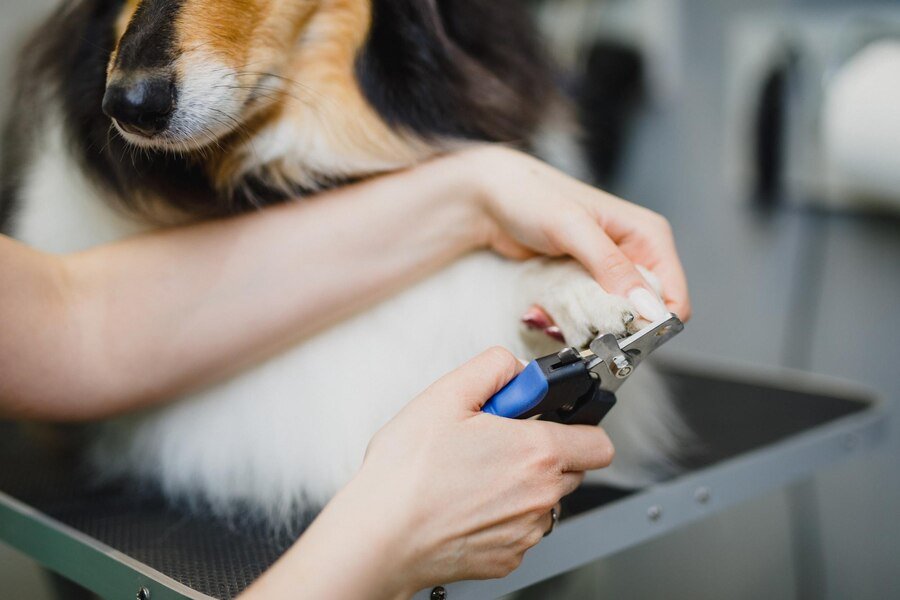
Some signs are obvious, others subtle. Look for:
- Clicking sounds on hard floors
- Nails that touch the ground when your dog stands
- Limping or shifting weight between paws
- Reluctance to walk or play
You can also follow the “nail length guide”: dog nails should not extend past the paw pad when standing. If they do, it’s time for a trim.
Why Do Dogs Fear Nail Trimming?
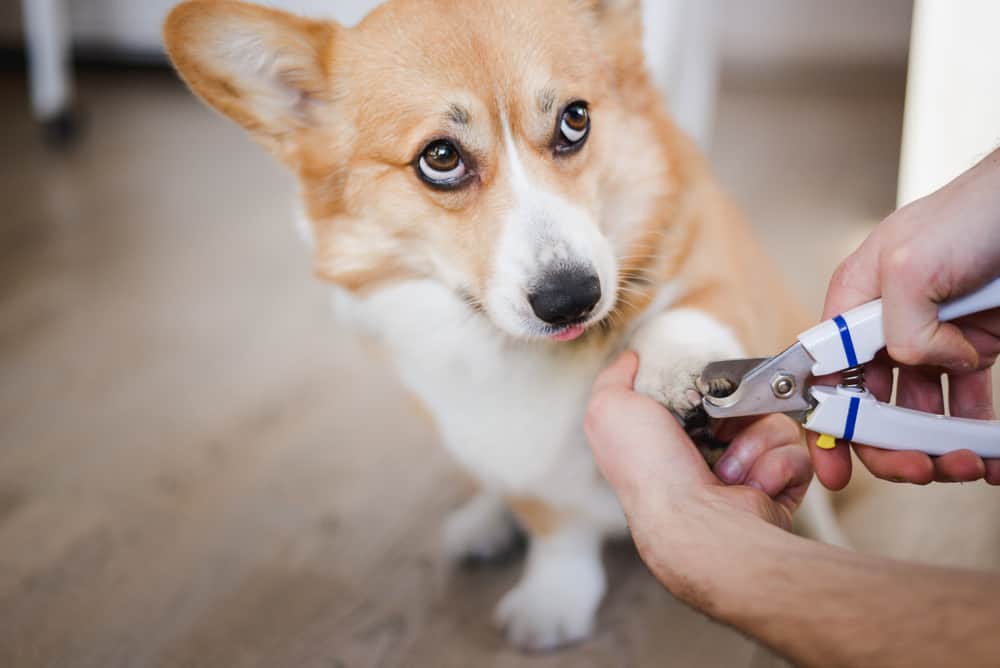
Most dogs don’t hate grooming—they fear what they don’t understand. Nail trimming feels invasive and unnatural to them.
Common stress triggers:
- Previous painful experiences (like cutting the quick)
- Loud noises from clippers or grinders
- Being restrained or held down
- Lack of desensitization to paw handling
Imagine if someone grabbed your foot, pulled out a loud tool, and started cutting without warning—it would startle you too. Dogs react similarly. Building trust is key.
Tools That Make Nail Trimming Less Stressful
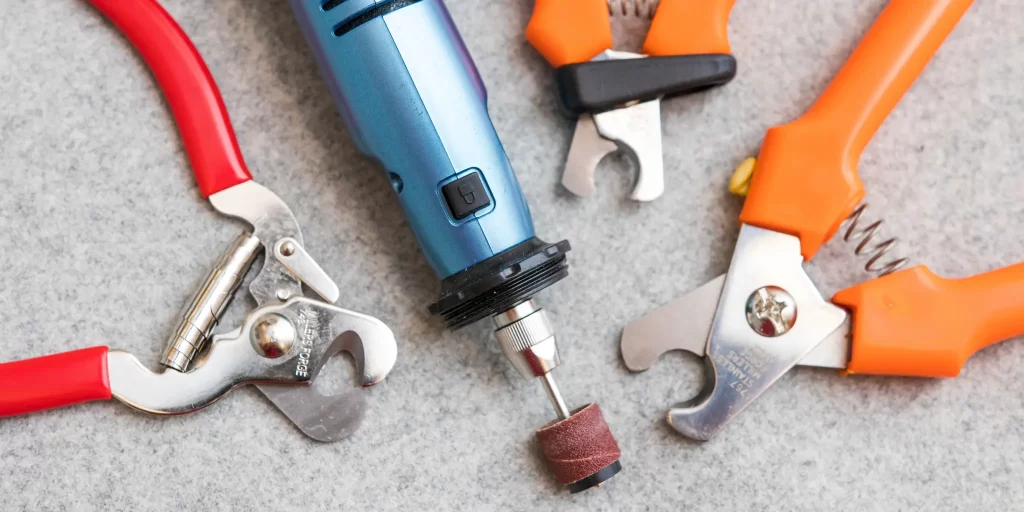
Choosing the right tool matters more than most pet owners realise.
Here are the top options:
- Guillotine-style clippers: Best for small to medium breeds, but can crush thick nails
- Scissor-style clippers: Good control for larger dogs with tough nails
- Dog nail grinders: Gentler, smoother edges, and perfect for dogs scared of clipping sounds
- Styptic powder or pencil: Essential to stop bleeding if you accidentally hit the quick
Look for features like:
- Non-slip handles
- Quiet motor (for grinders)
- Safety guards to prevent overcutting
Avoid using human nail clippers. They’re not designed for dog nails and can split or crack them.
- Guillotine-style clippers: Best for small to medium breeds, but can crush thick nails
Prepping Your Dog for Nail Trimming
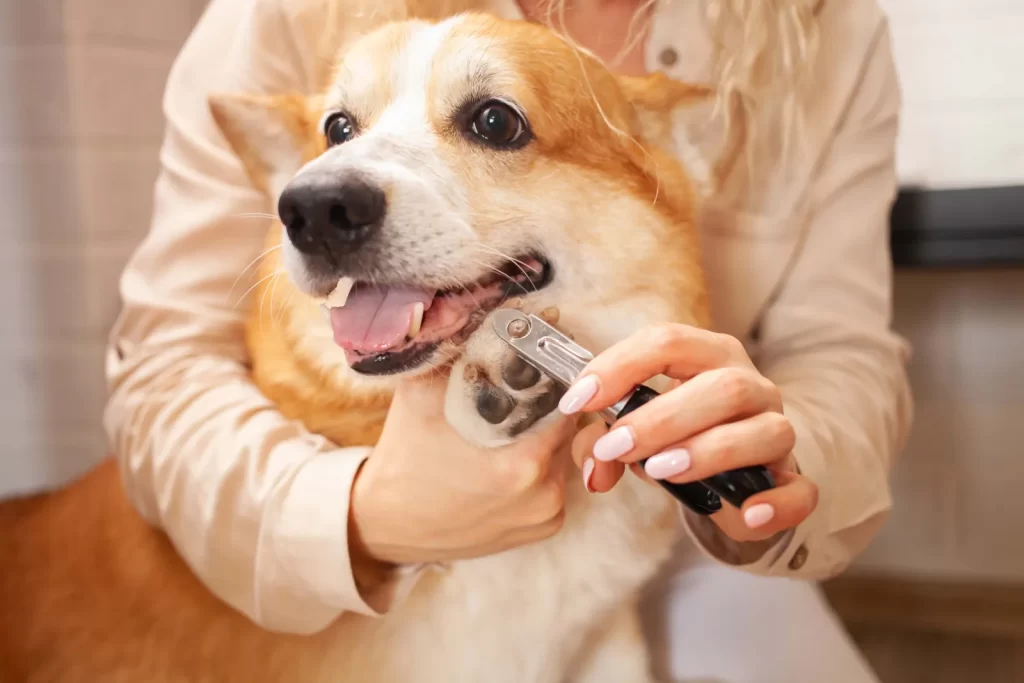
Start slow, especially if your dog is new to nail trims or has had bad experiences. Before you even clip:
- Touch and massage your dog’s paws daily
- Introduce the tools without using them—let your dog sniff and inspect
- Pair paw handling with high-value treats and praise
- Play calming music or use pheromone sprays
- Schedule the session after exercise, when your dog is relaxed
For puppies and rescue dogs, begin conditioning early. Just five minutes a day can build lasting comfort.
Step-by-Step: Trimming Your Dog’s Nails Without Stress
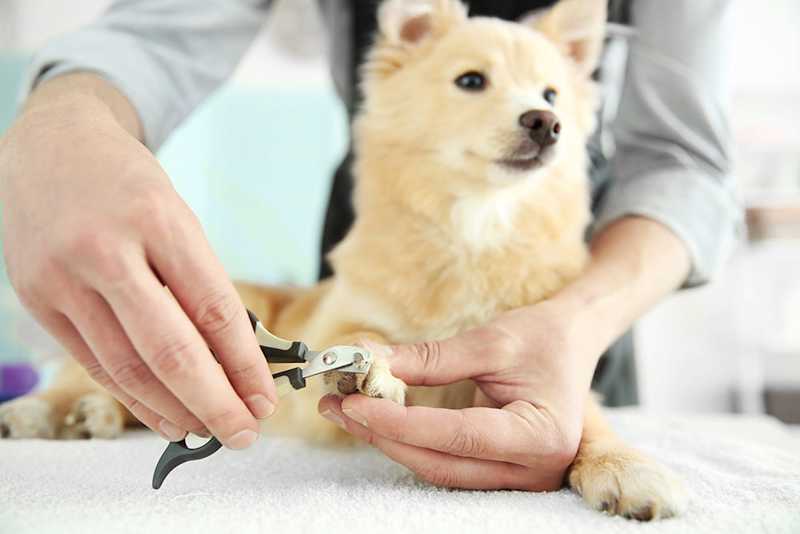
Here’s how to make it a safe, calm, and positive process:
- Choose a calm environment
Pick a quiet room with minimal distractions. - Position your dog comfortably
- Small dogs: place them on a table or your lap
- Large dogs: have them lie on their side on the floor or couch
- Gently hold the paw
Don’t grip tightly. Just enough to control movement. - Identify the quick
- In clear nails: it’s the pink area
- In black nails: trim little by little, checking the center—when it turns gray or white, stop
- Trim at a 45-degree angle
Clip small amounts at a time to avoid the quick - Offer treats and praise after each nail
Positive reinforcement turns trimming into bonding - If your dog resists, stop
Try again later rather than pushing through
What If You Cut the Quick?
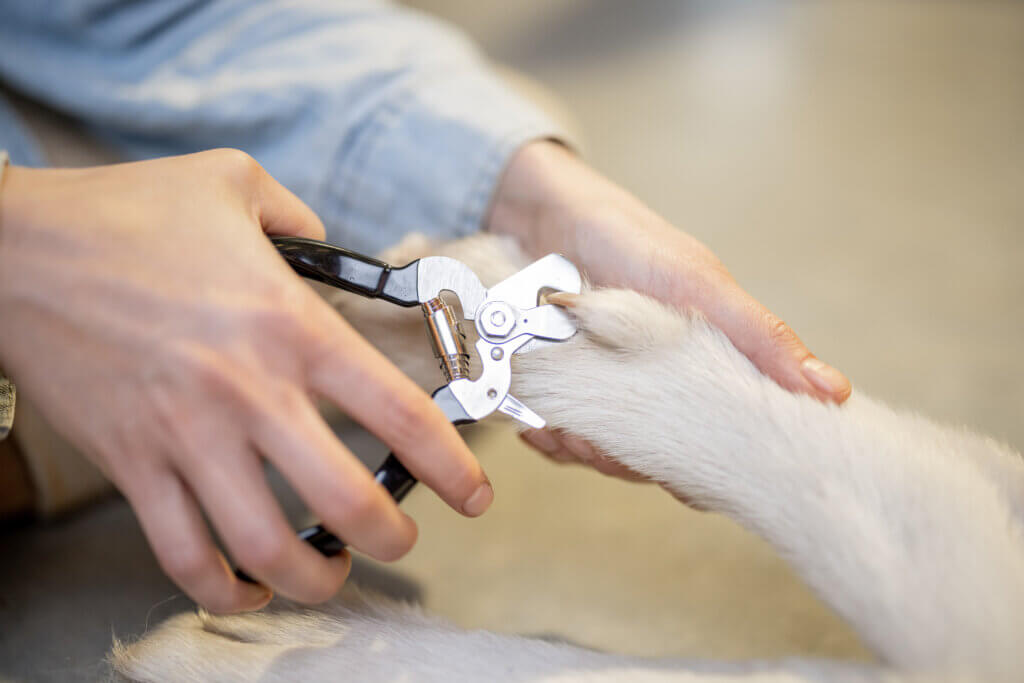
Mistakes happen—even pros nick the quick sometimes.
If you cut too deep:
- Stay calm to avoid stressing your dog further
- Apply styptic powder or cornstarch to stop bleeding
- Apply gentle pressure for a minute
- Reward your dog to avoid negative association
Bleeding typically stops within a few minutes, but if it doesn’t, contact your vet.
- Stay calm to avoid stressing your dog further
Alternatives to Traditional Nail Trimming
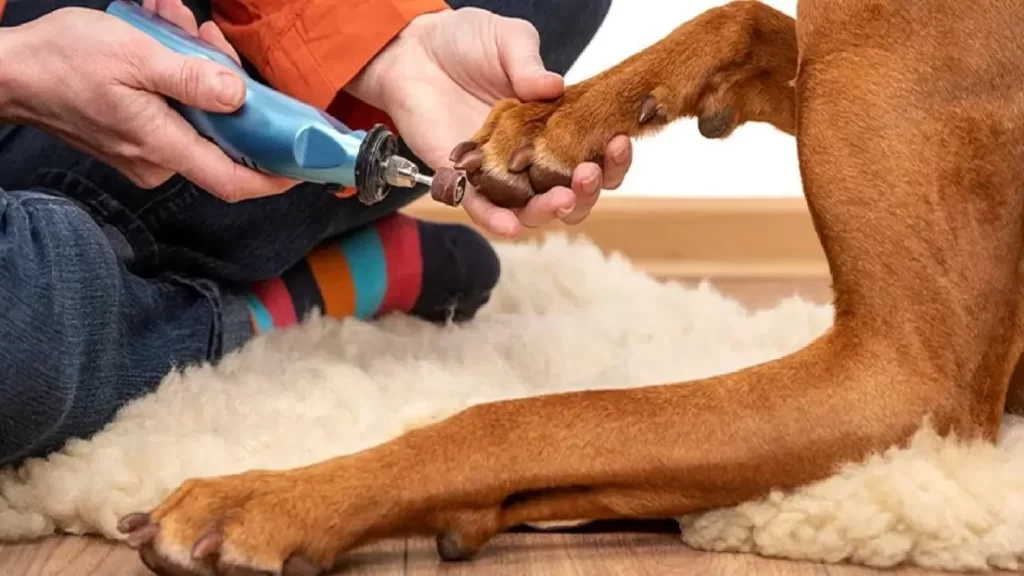
Not every dog tolerates clippers. Here are other options:
- Nail grinders: Less pressure, smoother finish, and less risk of cutting the quick
- Nail files or scratch boards: Ideal for dogs that won’t tolerate clippers—use treats to train them to scratch
- Professional grooming services: Great for anxious dogs or thick, black nails
- Veterinary nail trims: Vets can trim nails during regular check-ups, often while the dog is distracted or sedated for another procedure
Some mobile groomers offer sedation-free services at your home for extra comfort.
- Nail grinders: Less pressure, smoother finish, and less risk of cutting the quick
How Often Should You Trim Your Dog’s Nails?
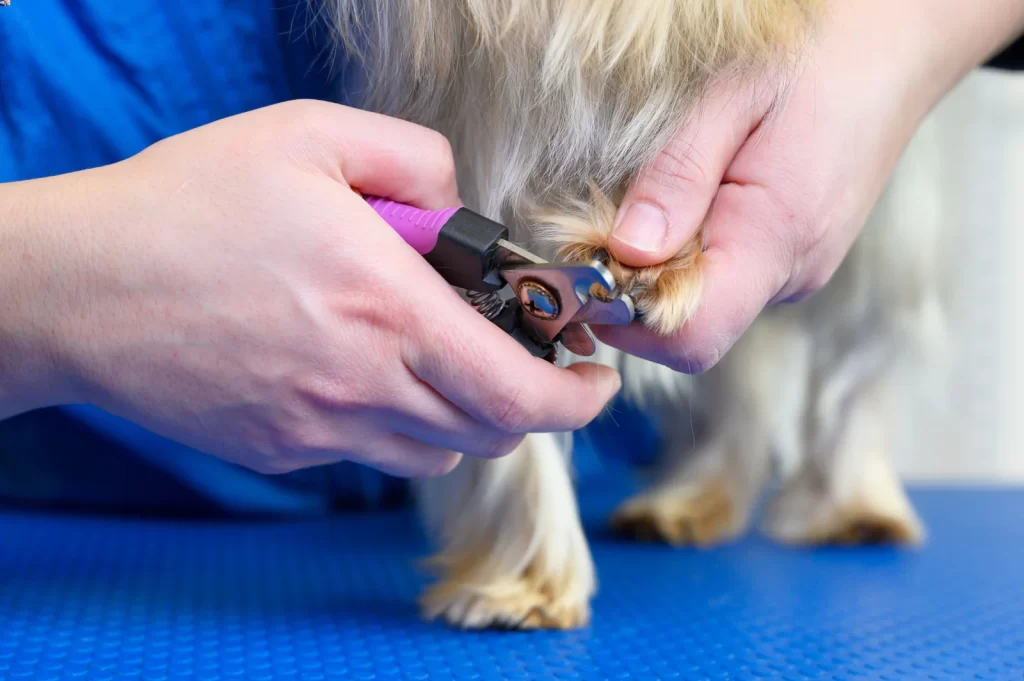
Every dog is different, but here’s a general guideline:
- Indoor dogs: every 3–4 weeks
- Active outdoor dogs: every 4–6 weeks
- Senior dogs or low-activity breeds: check more frequently due to slower nail wear
- Puppies: introduce trimming early and often, even if nails are short
A routine schedule prevents overgrowth and desensitises your dog to the process.
Special Tips for Puppies, Seniors, and Rescue Dogs
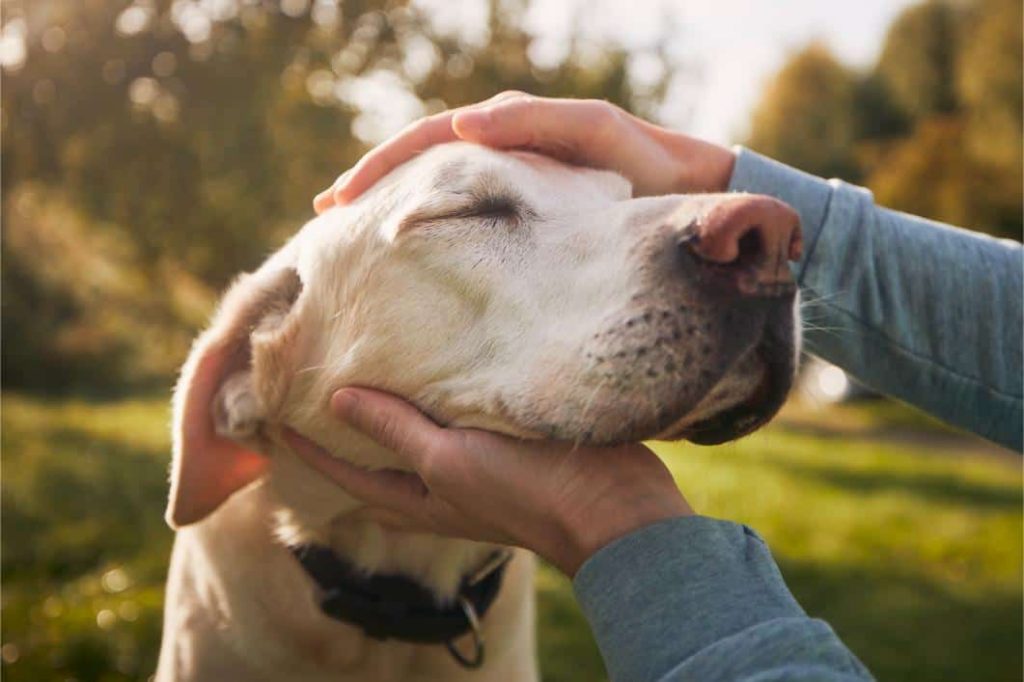
Different dogs need different approaches:
Puppies
- Start early, even if it’s just handling paws
- Use toys and treats to keep the experience fun
- Keep sessions short (2–3 nails at a time)
Seniors
- Joints may ache—trim in a soft, cushioned area
- Nails may grow faster due to less walking
- Use easy-grip clippers or grinders with gentle motors
Rescue Dogs
- Be patient—build trust before attempting
- Work with a behaviorist if trauma is involved
Try calming supplements if needed (after vet approval)
When It’s Time to Call a Professional
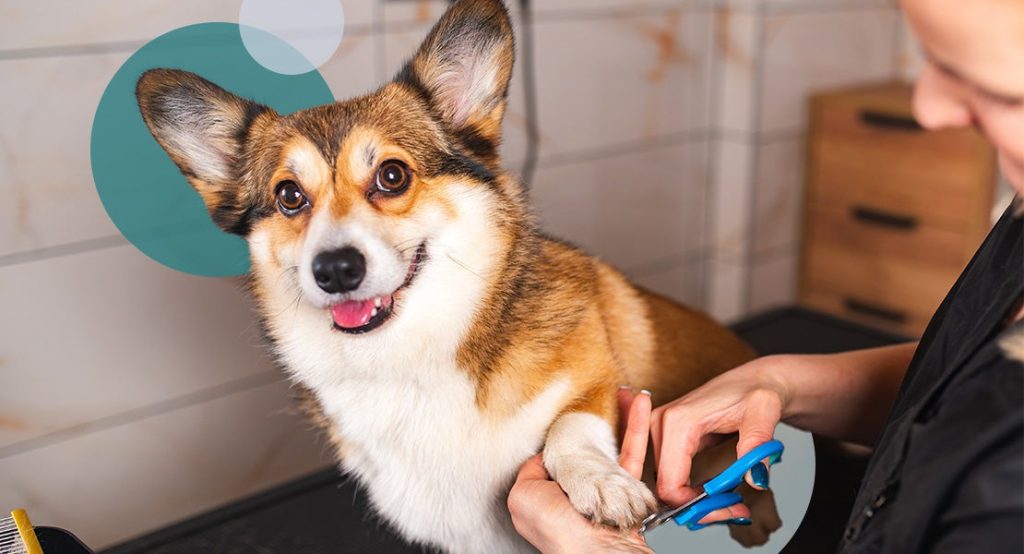
Some situations are better left to the pros:
- Your dog growls, bites, or shows signs of aggression
- You’ve repeatedly cut the quick
- Nails are severely overgrown or ingrown
- Your dog has arthritis or other mobility issues
Professional groomers or vets have training and tools to handle difficult trims safely.
Frequently Asked Questions
Some situations are better left to the pros:
- Your dog growls, bites, or shows signs of aggression
- You’ve repeatedly cut the quick
- Nails are severely overgrown or ingrown
- Your dog has arthritis or other mobility issues
Professional groomers or vets have training and tools to handle difficult trims safely.
Turning Nail Trimming into a Positive Routine
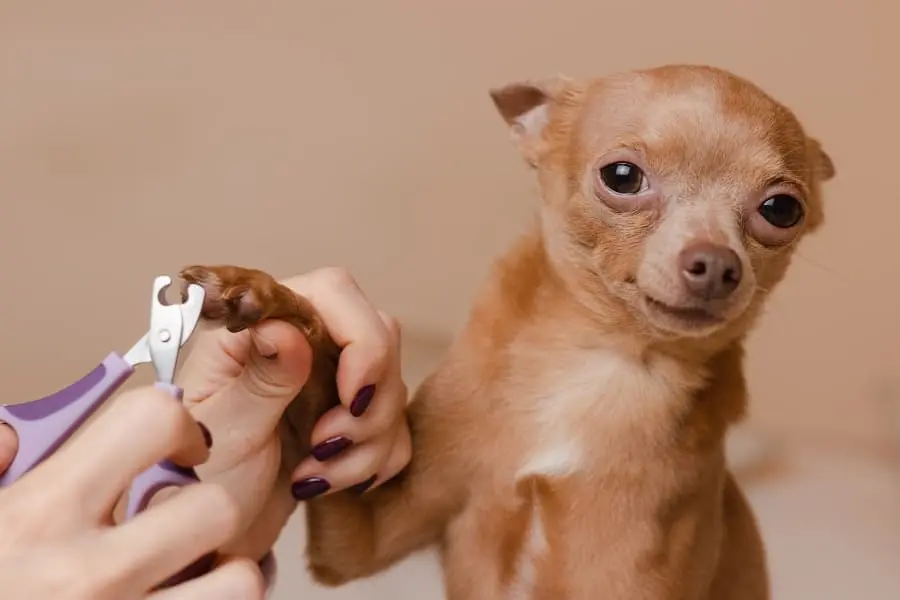
Consistency is the secret to stress-free grooming.
Set a monthly reminder
Handle paws often, even outside of trimming time
Associate tools with treats, not tension
Stay calm—dogs mirror your energy
Celebrate every success, no matter how small
With time and trust, trimming becomes just another part of your dog’s routine—like belly rubs or walks. Not only will you avoid health problems, but you’ll build a stronger bond through care and communication. For more guidance on building healthy grooming habits and understanding animal behavior, explore our animal welfare course.